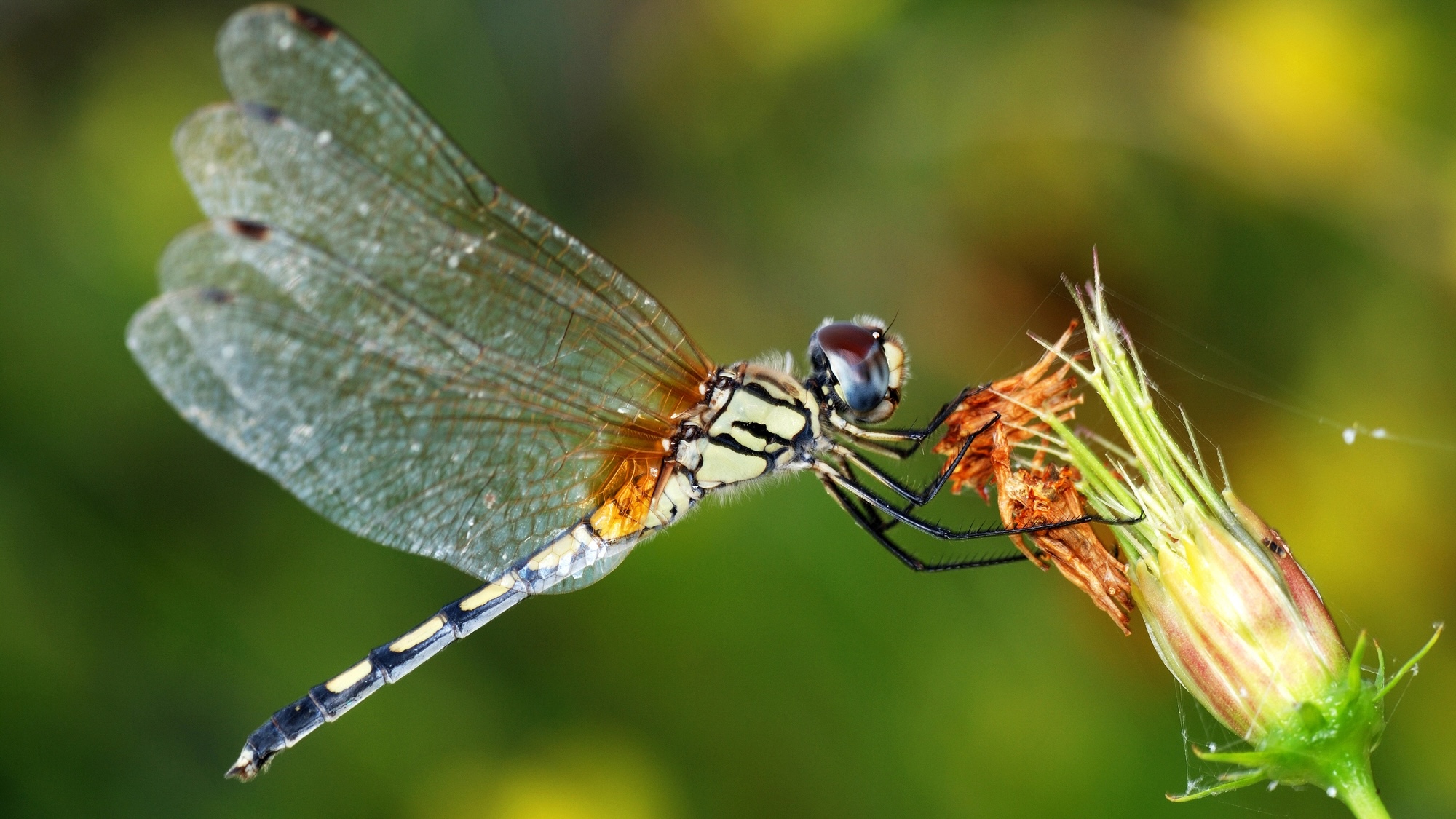

Ecologists often rely on health data of fish and bird populations to measure a region’s mercury contamination. But this analysis can be expensive, time consuming, and exclude many desert ecosystems. Yet, one creature is easily found in almost any habitat that contains even minimal amounts of water—dragonflies. Now, after enlisting volunteers to gather the insects’ larvae across 750 sites in 150 National Parks, researchers are reevaluating how the toxic metal moves within different environments. And you can soon help them even more.
In a study published on July 16 in the journal Environmental Science & Technology, a team working between the US Geological Survey, National Park Service, and the Appalachian Mountain Club explained what can be learned from this common trove of ecological information. First, they opened a call across the country to help with the Dragonfly Mercury Project. Soon, net-touting volunteers visited water sources within dozens of National Parks to scoop up dragonfly larvae. The volunteers then sent the larvae to experts like Sarah Janssen, a scientist at the USGS the study’s lead author, who utilized a state-of-the-art instrument designed to detect a spectrum of mercury contaminants.

“By using cutting-edge technology and working with public participants, we were able to uncover surprising results that have the potential to change how mercury is monitored and managed at a global scale,” Janssen said in an accompanying statement.
Dragonflies thrive in far more arid areas than most fish and birds, who serve as researchers’ traditional mercury-carrying sample pools. Their larvae are also much easier to harvest, plentiful, and cheaper to analyze. Because of this, examining the insects are already providing new insights into the toxic contaminant.

According to the study, mercury is transported through its surrounding environment. In more forested and wetter spaces, gaseous mercury tends to stick to plant and tree leaves. In drier areas, however, mercury arrives through even sparser amounts of rain and snow. In either situation, the toxic metal moves up a food chain to ultimately concentrate in the most in large animals, including humans. Exposure to the toxin, especially at a younger age, can affect brain development, as well as harm adult reproductive health.
Unfortunately, the new information revises experts’ previous theories regarding desert mercury levels. Dragonfly larvae collected in these dry areas showed “surprisingly high levels” of mercury, according to the study’s announcement. Before analyzing the insects, many ecologists assumed arid land contained relatively low-risk mercury levels.

In Tuesday’s statement, EPA clean air and power division scientist Richard Haeuber says the study “enhances our understanding of how various ecosystems receive atmospheric mercury” while providing resource management agencies with new information to optimize future monitoring strategies.
[Related: Fish can bounce back quickly from mercury pollution.]
But don’t worry if you missed your first chance to become a citizen scientist—researchers are planning additional Dragonfly Mercury Project phases in the future and encourage would-be volunteers to contact local National Parks for more information.
